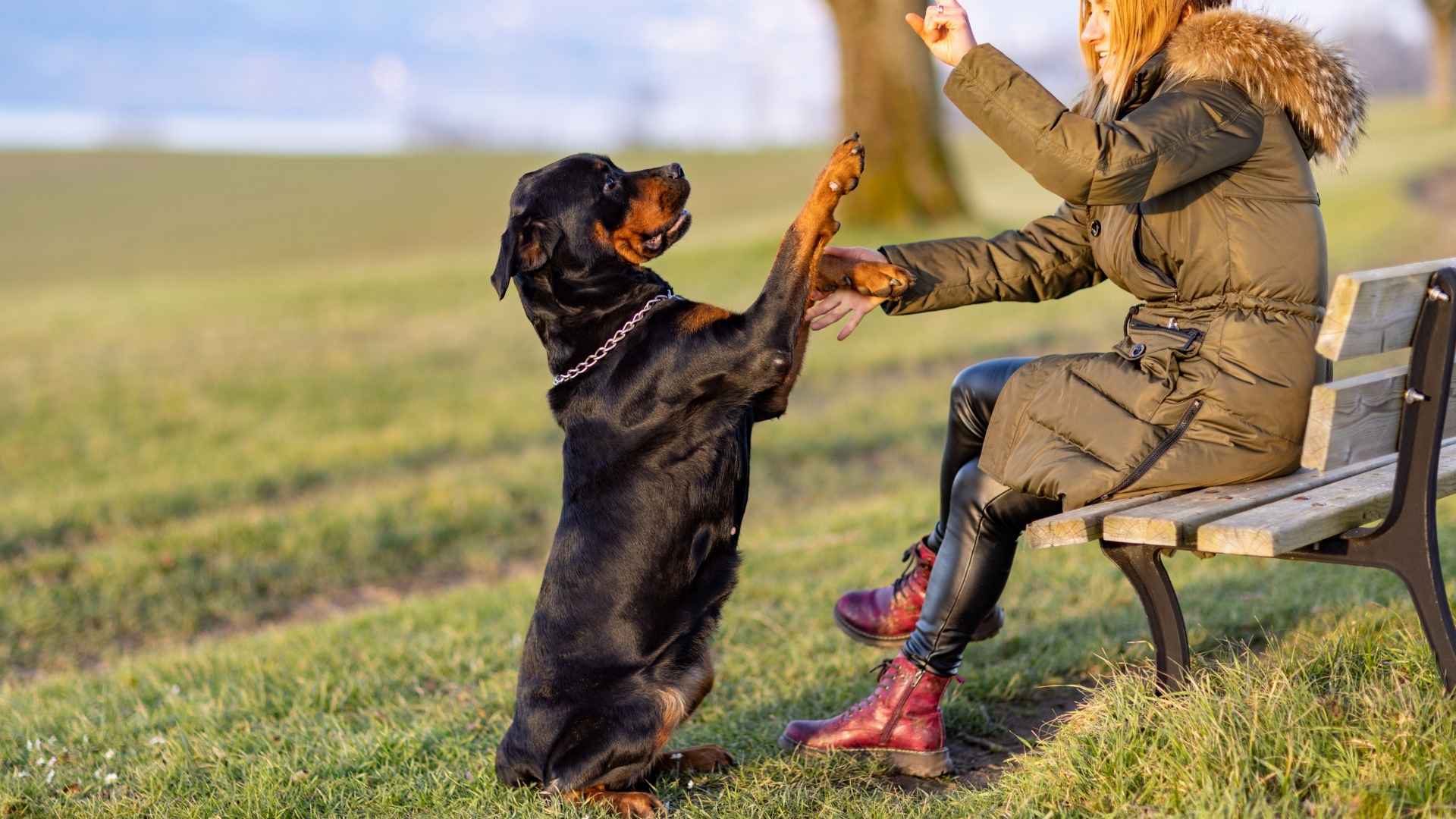What if you could tell your dog to sit, stay, or come—without saying a single word? For some breeds, that’s not just possible—it’s their preferred language.
Dogs that respond well to hand signals are not only smart, they’re incredibly attuned to human movement, body language, and visual cues. It’s like having a silent conversation with your furry best friend, and they never miss a beat.
This skill isn’t just a cool party trick (although it definitely wows at the dog park); it’s a game-changer for training, service work, and bonding. Breeds that respond well to gestures are ideal for people who use sign language, want to reduce vocal commands, or are training for advanced obedience or therapy roles.
These dogs thrive when their minds are engaged and they have a clear job to do—and they love reading you like a book (or a walking, waving treat dispenser). So if you’re looking for a canine companion who listens with their eyes and acts with their heart, this list is for you.
Let’s explore the sharpest, most visually intuitive dog breeds that practically speak fluent hands.
Dog Breeds that Respond Well to Hand Signals
1. Golden Retriever
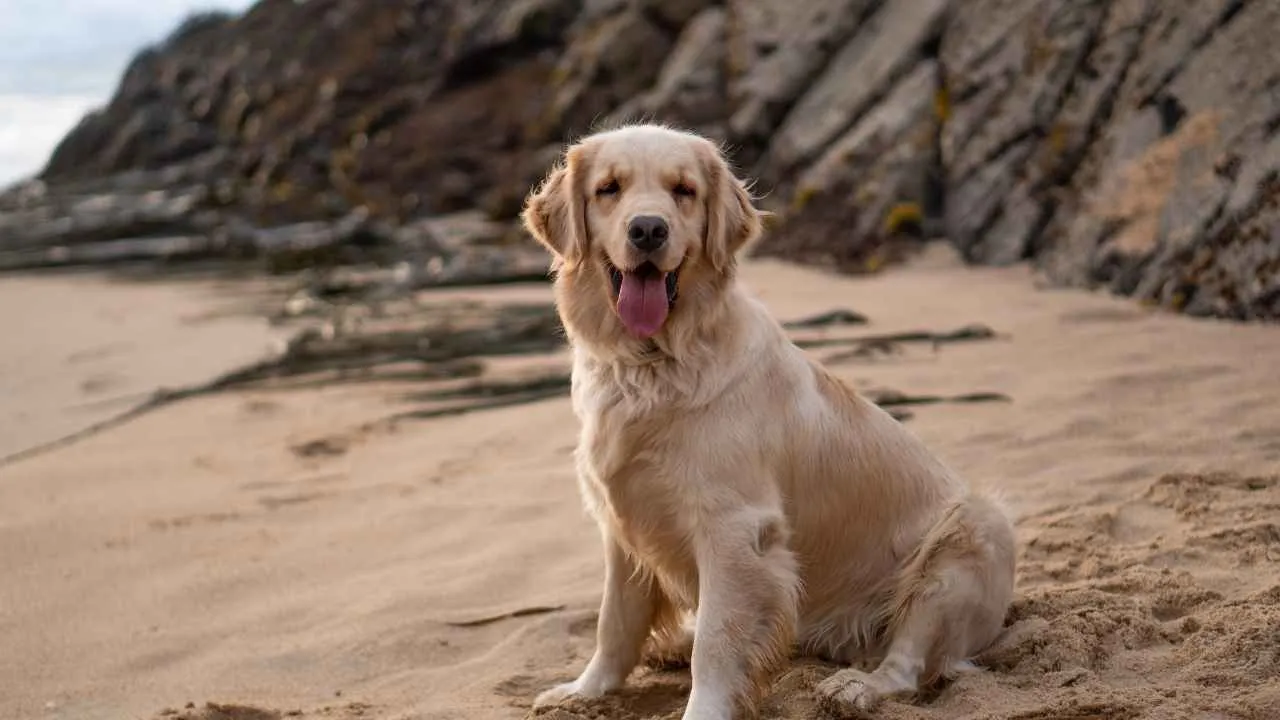
Golden Retrievers are like the golden retriever of people—friendly, reliable, and always up for anything. Want to teach hand signals? Your Golden is already watching you like, “Just tell me what to do, buddy, I’m all ears (and fluff).” These dogs were basically born to be trained. And adored. And photographed in flower crowns on Instagram.
Originally bred to retrieve game birds for hunters, Goldens are hardwired to follow visual cues across distance and distraction. You lift a hand—they’re locked in. You raise an eyebrow—they’re sitting before you can say “good boy.” It’s like they downloaded the manual before you even opened the treat jar.
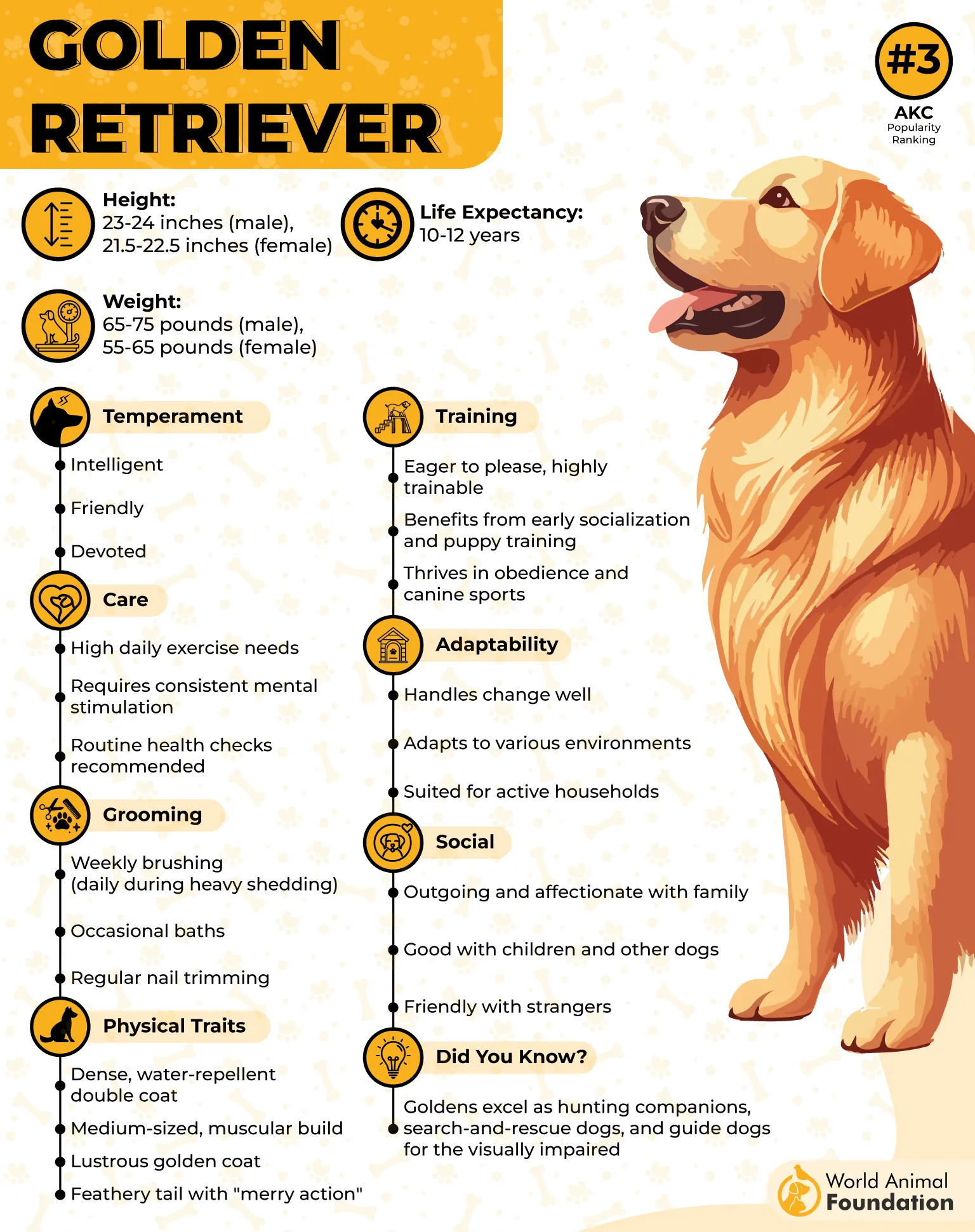
Golden Retrievers are not only incredibly smart but also deeply empathetic, making them outstanding candidates for service and therapy work. It’s no wonder they consistently rank among the top ten most beloved dog breeds in the United States.
Training Tip:
Keep sessions upbeat and full of encouragement. Goldens respond best to positive reinforcement (and snacks, obviously). Combine hand gestures with verbal cues at first, then fade the words. You’ll be amazed how quickly they learn to read your movements like they’re interpreting charades with Ph.D. accuracy.
Fun Fact: Many service dogs are Golden Retrievers—because they’re not only smart and observant, but incredibly gentle and tuned into human emotion. They don’t just learn hand signals; they practically feel them.
2. Poodle
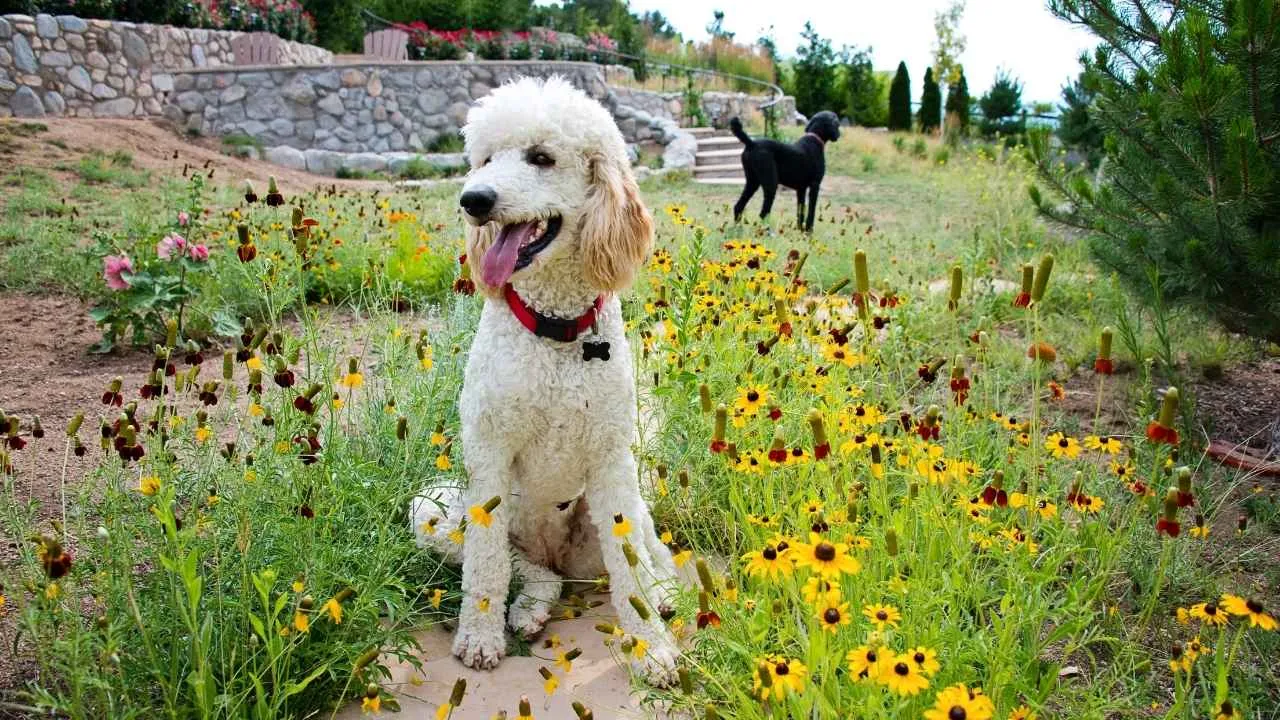
Let’s get one thing straight: Poodles aren’t just pretty fluff balls strutting around dog shows with pom-poms on their butts. Nope. Beneath all that glam is one of the smartest, sassiest brains in the entire dog kingdom. Standard, Miniature, or Toy — they’re all basically Ivy League graduates wrapped in curls.
Poodles live for mental stimulation. Show them a hand signal once or twice, and you’ll see that lightbulb go off in their eyes like, “Oh, THAT’S what you want? Why didn’t you just say so… with your hands.” They’re so sharp, you’ll start to wonder if they’re reading your mind — or maybe your group chats.
And the best part? They actually like following silent commands — especially when it’s part of a little performance. If you’ve ever dreamed of having a furry stage partner to co-star in your backyard circus or TikTok videos, your Poodle is already doing costume changes in their head.
Training Tip:
Poodles are all about variety and flair. Don’t just teach “sit” and “stay” — go big! Teach them spins, bows, high-fives, and even a little wave. Bonus points if you add a bit of music and pretend you’re both auditioning for America’s Got Talent. You’ll be shocked how fast they pick it up — and how proud they look doing it.
Fun Fact: Your Poodle is probably smarter than your coworker who still can’t unmute on Zoom. They rank among the top 3 smartest breeds in the world, meaning they thrive on learning — and get bored faster than you can say “boredom equals shredded throw pillows.”
3. German Shepherd
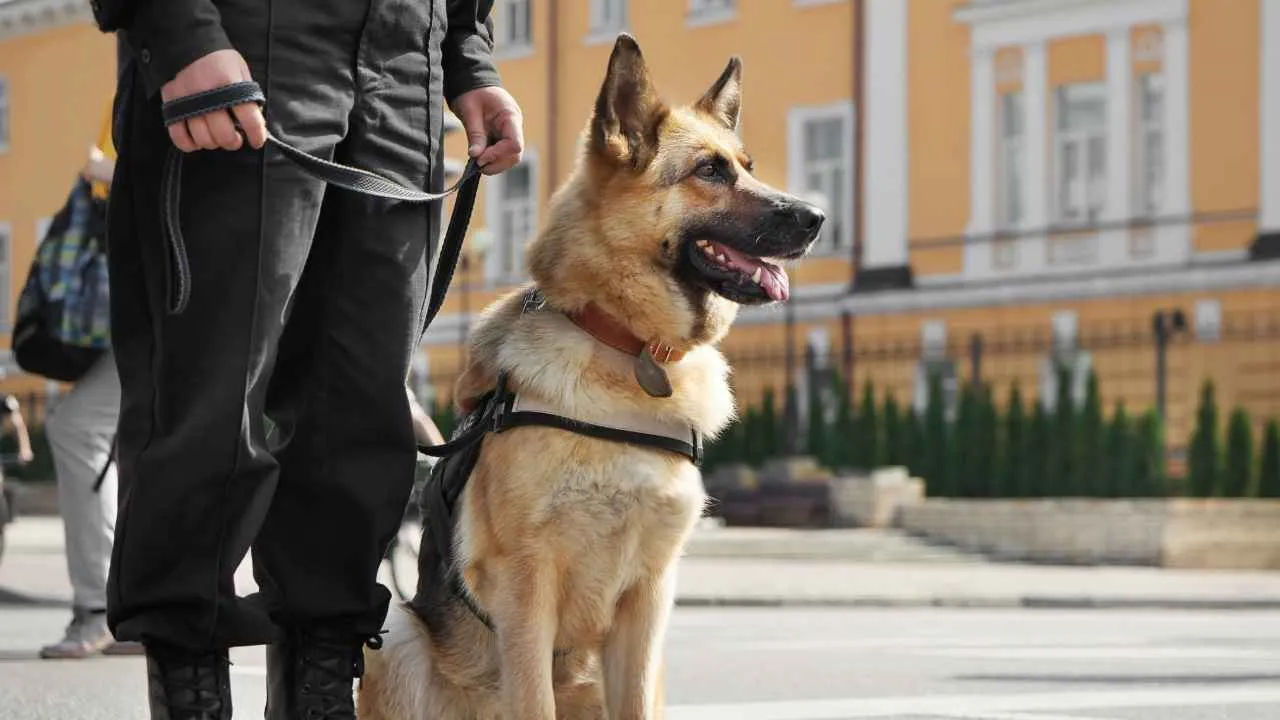
Imagine if James Bond were covered in fur, had four legs, and was way more loyal. That’s your German Shepherd. This breed doesn’t just respond to hand signals—they treat them like top-secret mission briefings. Flash a subtle cue and watch your GSD move like a K-9 ninja who’s been waiting all day for that moment.
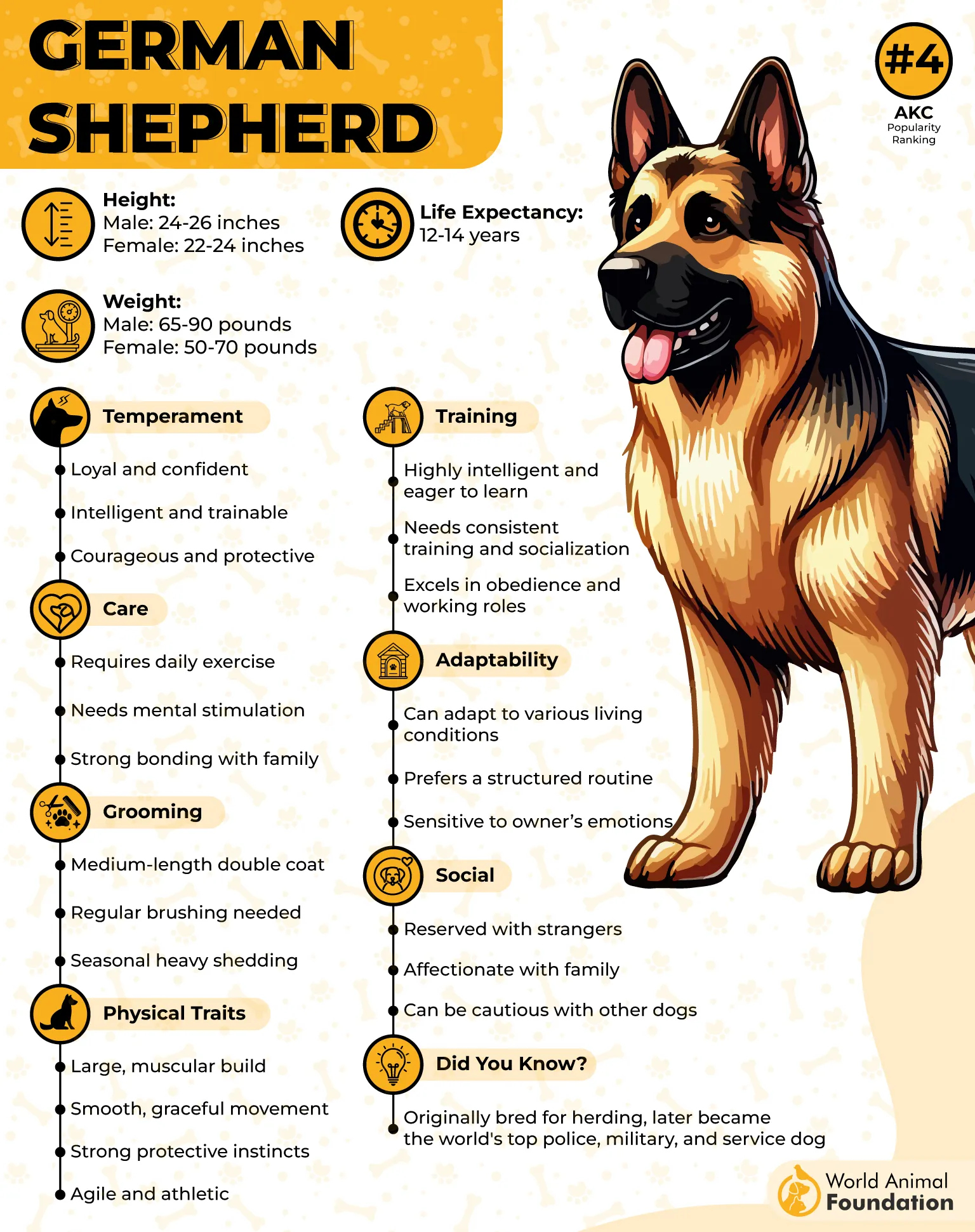
German Shepherds are known for their brains, brawn, and laser focus. These dogs aren’t messing around. Whether they’re working in law enforcement, search and rescue, or just guarding the backyard barbecue from rogue squirrels, they’re always watching, always learning.
And when it comes to hand signals? Let’s just say… You better mean it, because your Shepherd takes every flick of the wrist like a direct order from the Pentagon.
Training Tip:
Confidence is key. German Shepherds respond best when you carry yourself like you know what you’re doing—even if you’re just miming “sit” with a Cheeto in your pocket. Pair visual signals with calm authority, and you’ll have a dog who obeys like you’re the commander-in-chief.
Bonus: They love routine. Throw in a bit of hand-signal training during daily walks or playtime, and they’ll thrive.
Cool Bonus Skill: Many German Shepherds learn to differentiate between hand signals and verbal commands—so you can whisper sweet nothings and silently command “stay” while holding your coffee. They’ll pick up on both without missing a beat.
4. Shetland Sheepdog
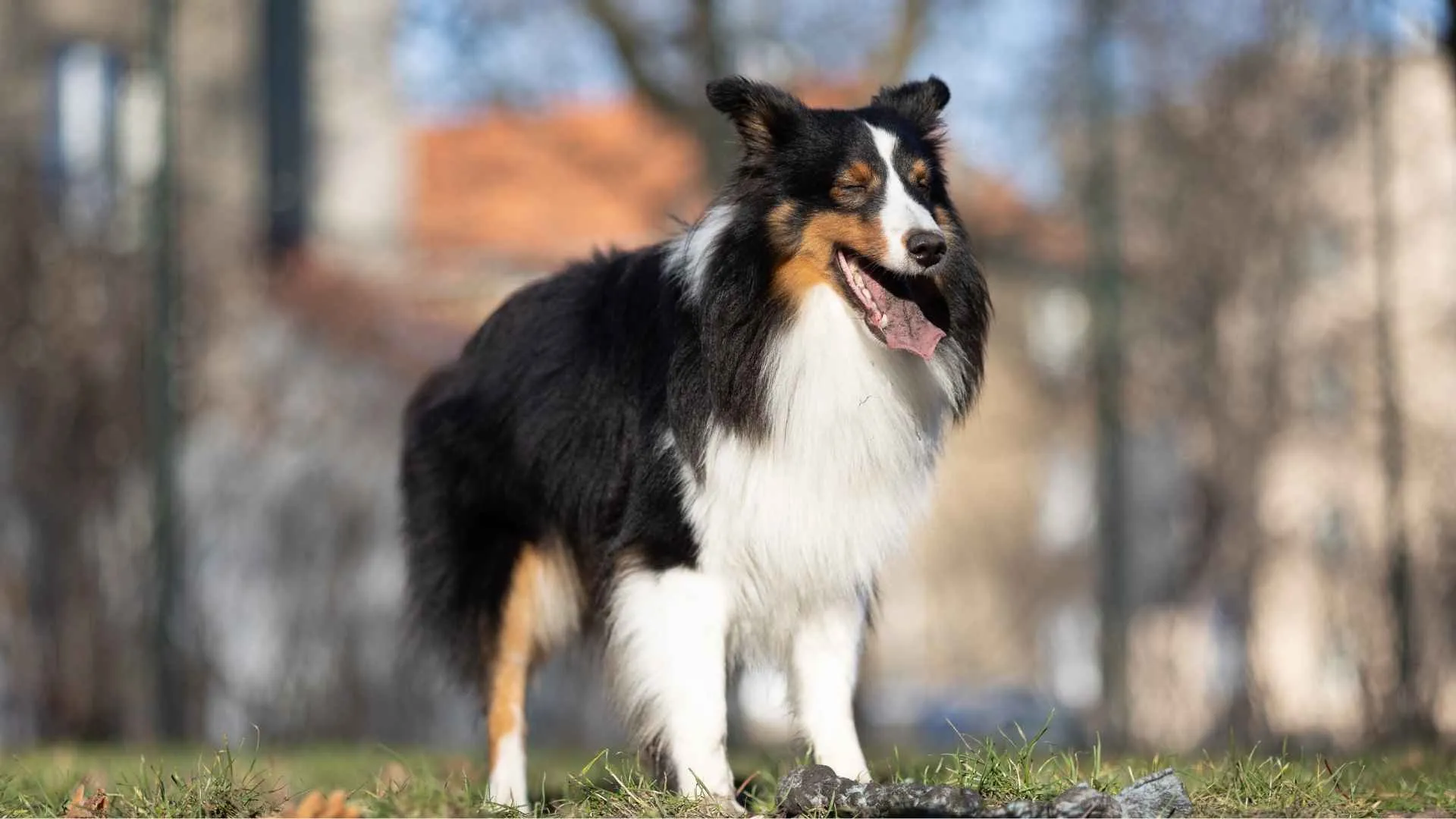
If Lassie had a college degree in psychology, a minor in dance, and a deep need to please, you’d get the Shetland Sheepdog—also known as the Sheltie.
These pint-sized fluffballs may look like mini-Collies straight out of a storybook, but don’t let their gentle looks fool you. Shelties are wickedly smart, laser-focused, and absolutely dialed into human body language like it’s their part-time job.
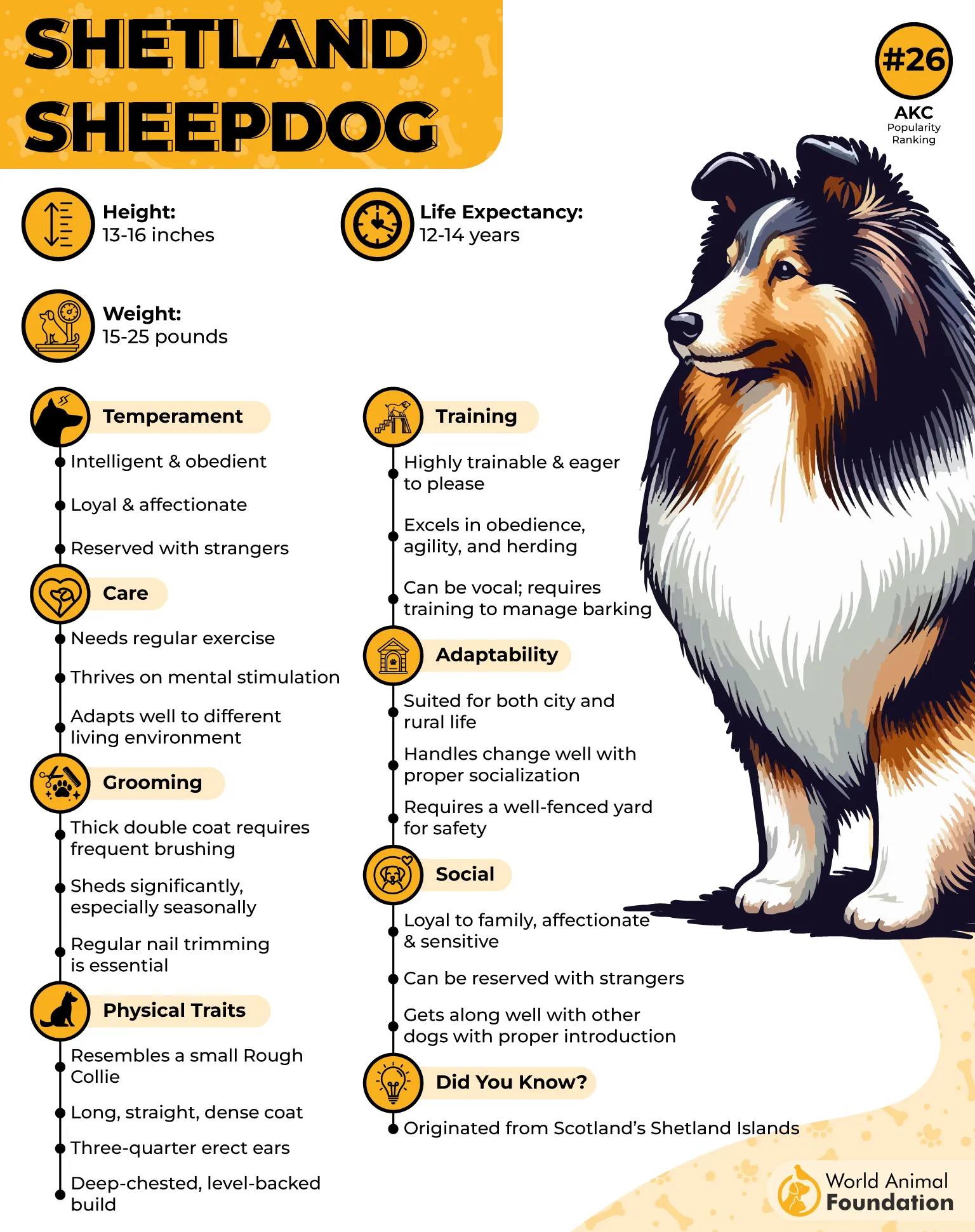
When it comes to hand signals? They’re not just watching—you could swear they’re anticipating your moves. You raise an eyebrow, and they’re already three steps into a spin-and-sit combo. It’s like living with a tiny, four-legged mind reader… in a fur coat.
According to the American Kennel Club (AKC), intelligent and enthusiastic, Shelties are quick learners and top performers in obedience, agility, and herding competitions.
Training Tip:
Shelties are sensitive little Einsteins. Use upbeat praise and gentle correction. If you throw shade or raise your voice, they’ll take it to heart like you canceled game night. Keep things light, positive, and playful. They love variety, so switch up the hand signals, add fun spins, or create a mini obstacle course to spice up the routine.
Fun Fact: Shetland Sheepdogs are in the top 10 smartest dog breeds. And not just “knows how to sit” smart. We’re talking reads-the-room, remembers-where-you-put-your-slippers, probably-has-a-better-memory-than-you smart.
5. Labrador Retriever
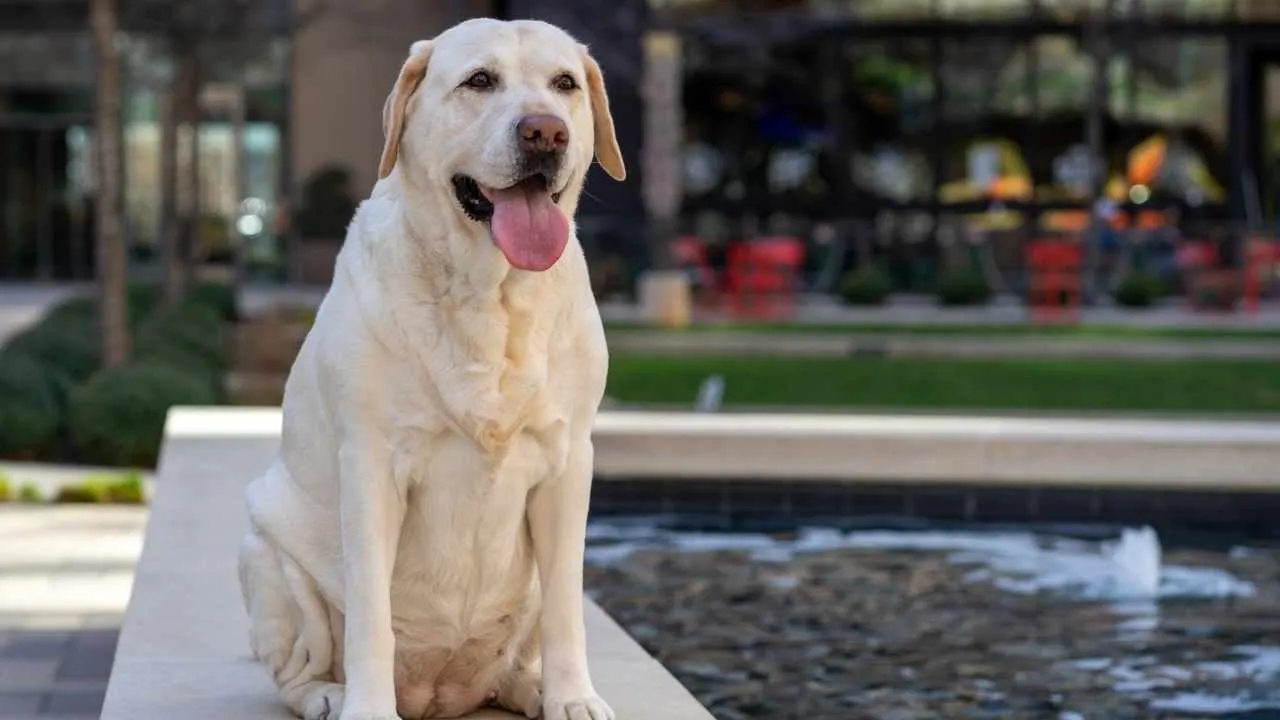
If dogs had yearbooks, Labs would be voted “Most Likely to Make Everyone Smile” and “Most Eager to Learn Whatever You’re Waving at Them.”
These lovable, goofy, tail-thumping best friends are hands-down one of the easiest breeds to train using hand signals, mainly because they’re watching your every move like, “Are we playing? Are we training? Is it treat time? All of the above??”
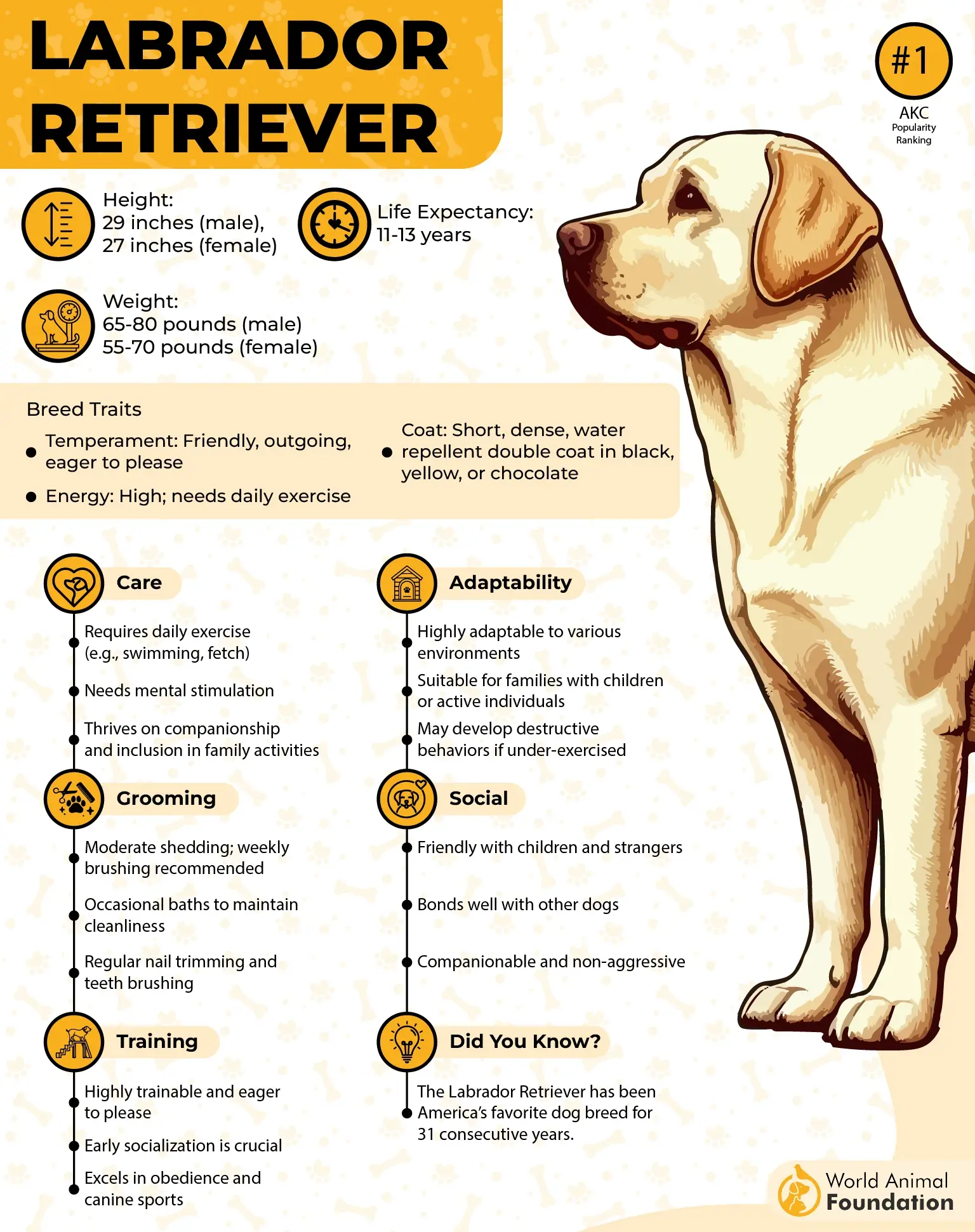
Labrador Retrievers are like golden-hearted athletes with a serious people-pleasing streak. Tell them what to do (or better yet, gesture it), and they’re all in. No questions asked—just 110% effort, possibly with a mid-jump tongue-lolling grin and a tail that could knock a coffee mug off the table.
Training Tip:
Use bold, confident hand gestures at first—your Lab will treat it like a fun game. Pair it with a happy tone and rewards they actually care about (think chicken chunks, not the dusty biscuit from the bottom of the jar). As they master it, you can tone things down to subtler motions. Soon, you’ll be conducting your dog like a silent symphony.
Also, make sure to keep things lighthearted—Labs thrive on fun. If you get frustrated, they’ll try to fix it by licking your knee or sitting in your lap. Emotional support and training partner? That’s Lab life.
Fun Fact: Labrador Retrievers have been the most popular dog breed in the U.S. for decades. Why? Because they’re sweet, loyal, trainable, and just the right amount of clumsy to keep things entertaining. Basically, they’re the “all-American dog.”
6. Australian Cattle Dog
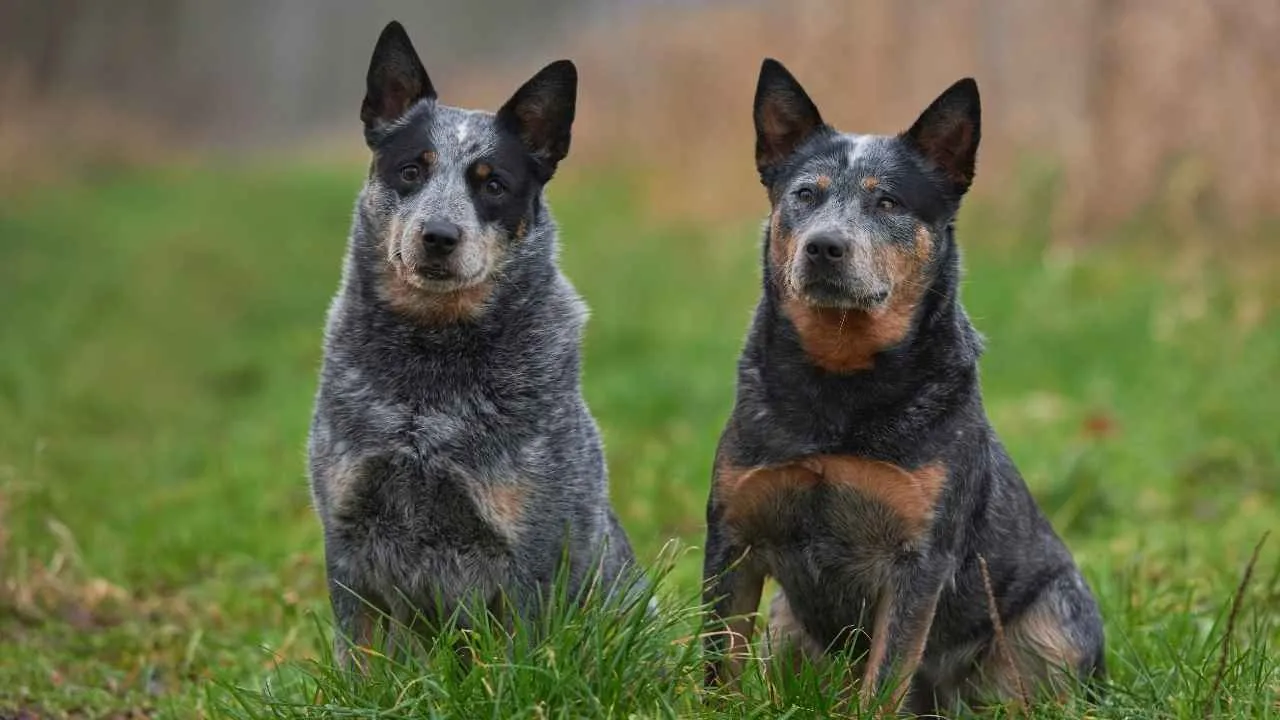
If the Australian Cattle Dog (ACD) were a person, it’d be that wildly fit co-worker who wakes up at 5 AM to run six miles for fun and somehow still aces every Zoom meeting.
These dogs are intense, smart, and built for action. Hand signals? Oh yeah. They don’t just “respond”—they lock in like you’re giving tactical coordinates for a top-secret cow rescue mission.
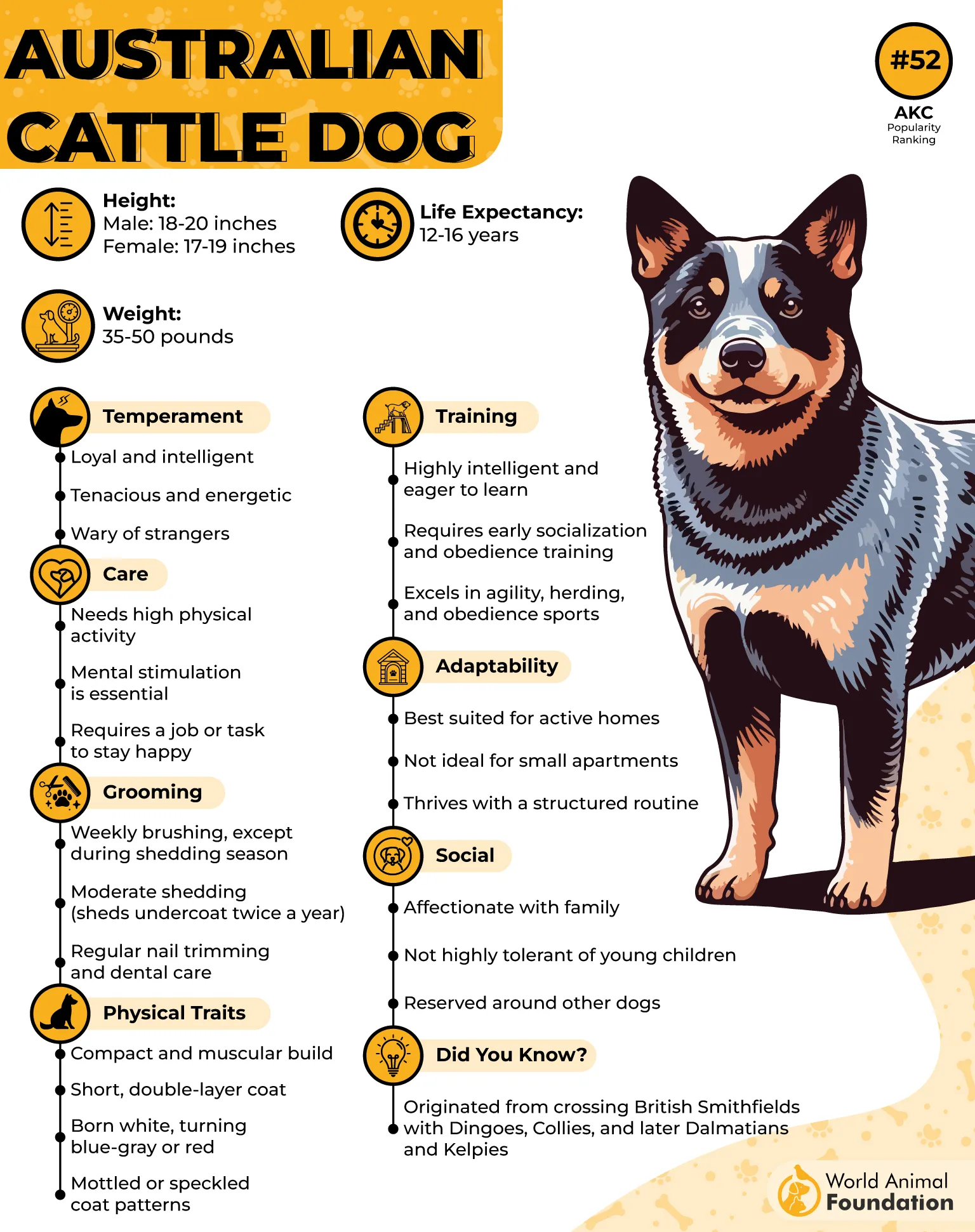
Originally bred to herd cattle over vast Australian ranches, these pups are hardwired to watch their humans from a distance and respond instantly. So hand gestures? They’re practically fluent. Flick your wrist, and they’re already halfway through the move—probably wondering why you’re being so slow about it.
Training Tip:
Cattle Dogs are whip-smart but stubborn. You have to make training feel like a challenge, not a chore. High-reward treats + fast-paced sessions + variety = success. Think of hand signals as commands plus a game. Also, don’t let them outsmart you. (They will try. Repeatedly.)
Fun Fact: Australian Cattle Dogs are famous for their problem-solving skills—and they’re not above finding their own jobs if you’re not giving them enough. Translation: teach them hand signals or they’ll start herding your kids, cats, or Roomba.
7. Doberman Pinscher
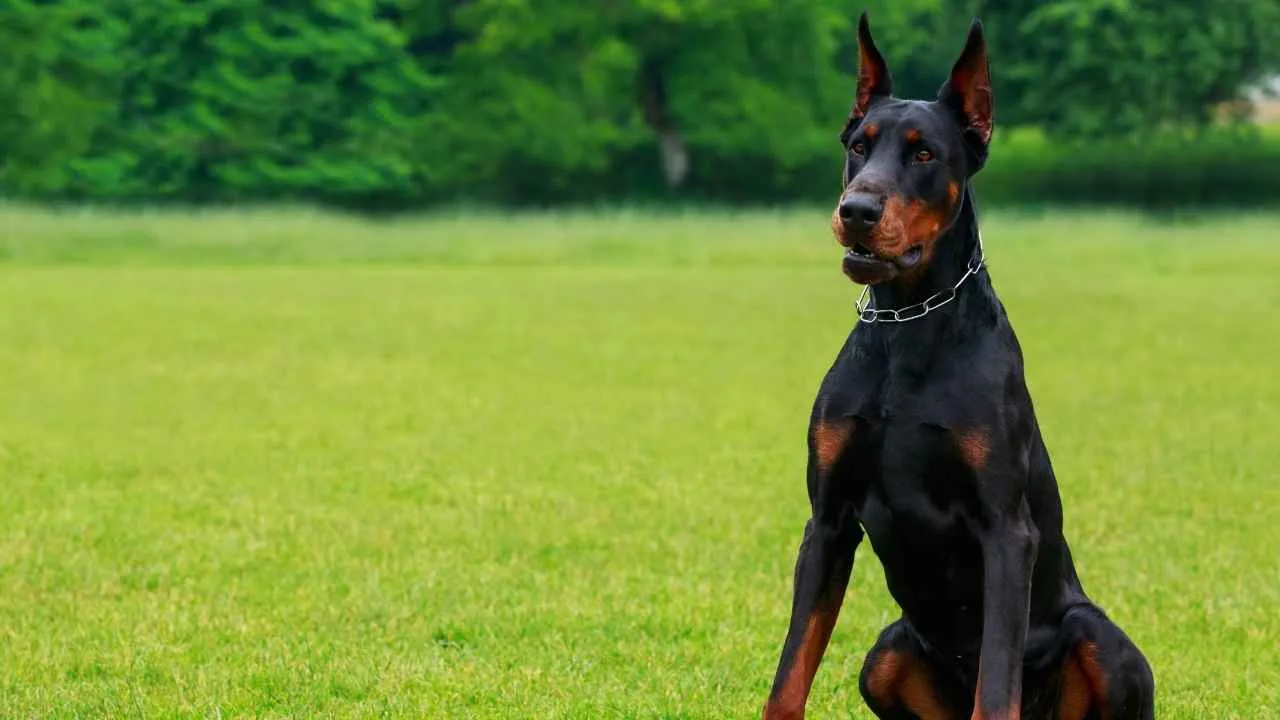
Meet the Doberman: sleek, smart, stylish, and possibly more in tune with your emotions than your therapist.
Don’t be fooled by their tough exterior—underneath that glossy coat and alert stance is a loyal, affectionate pup who’s practically obsessed with their humans. And when it comes to hand signals? Dobies don’t just watch—they analyze.
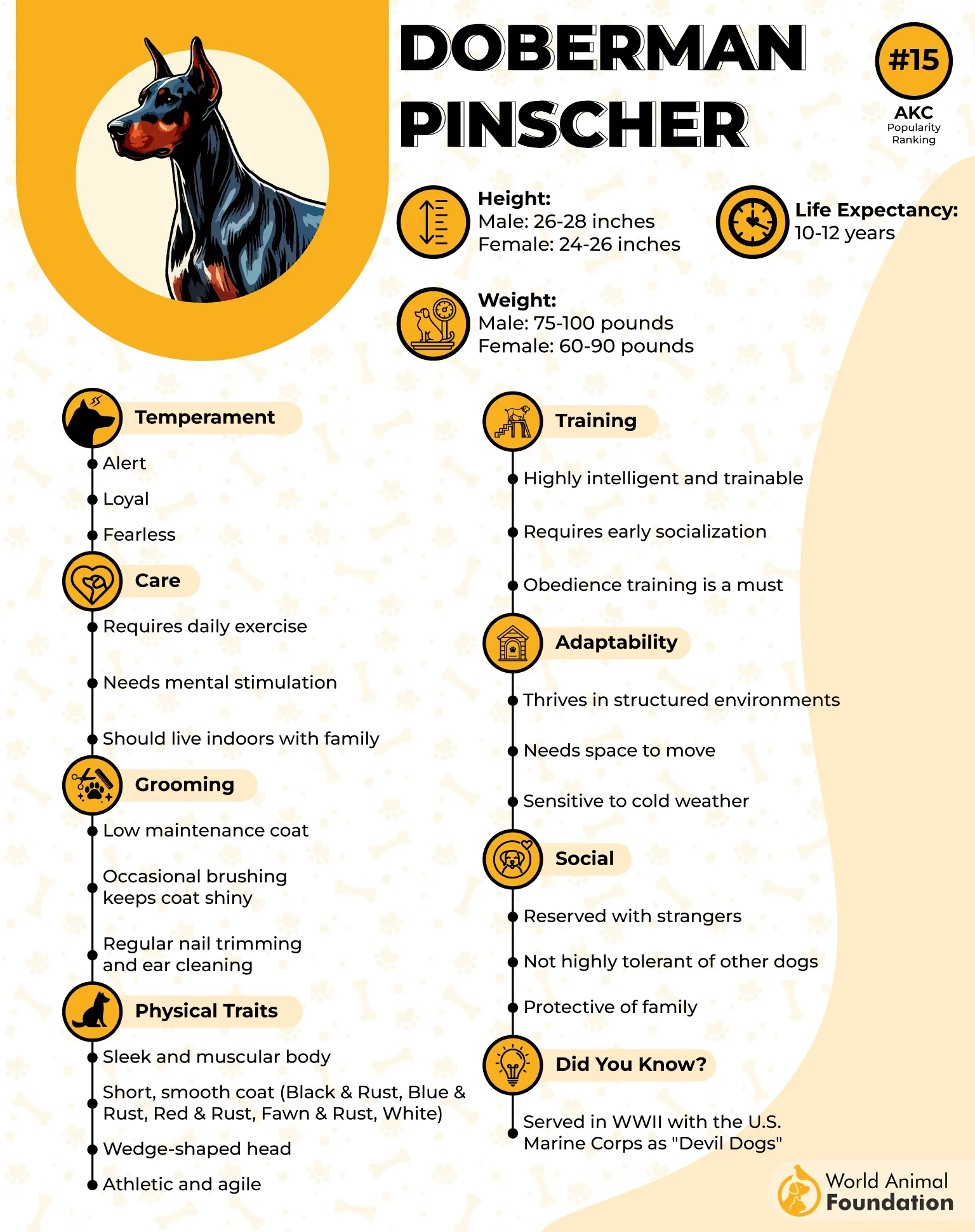
Dobermans are known for their elegance and efficiency. You move, they move. You point, they act. You raise a brow, and they’re already halfway to completing the task. Hand-signal training fits perfectly with their instinct to protect, serve, and stick to your side like a four-legged bodyguard with a built-in GPS.
PetMD noted the Doberman Pinscher is a high-energy breed that thrives on both physical and mental stimulation. They’re best suited to active households where they can get plenty of exercise and engagement.
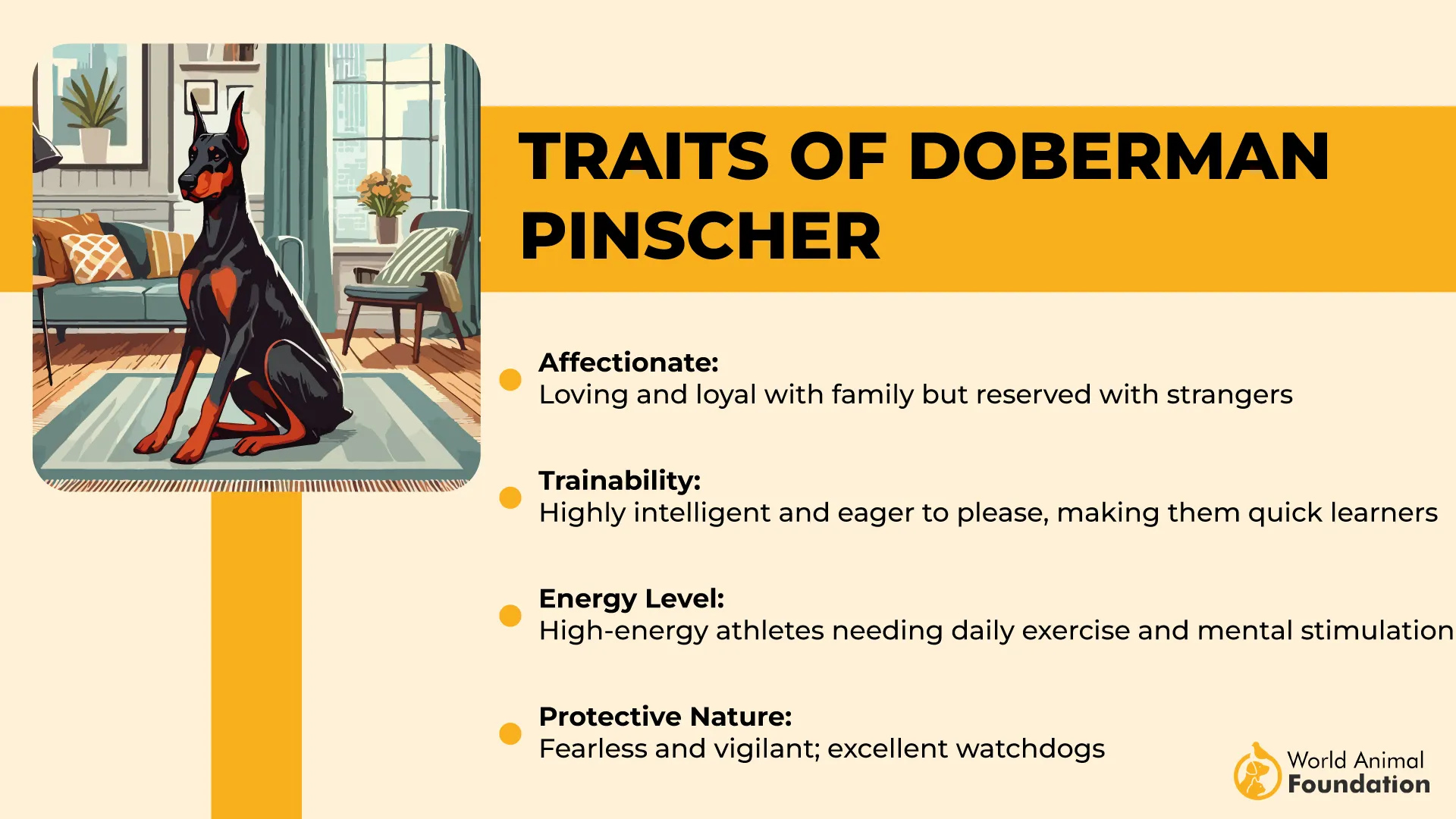
Training Tip:
Dobermans love to work, but they need a firm, consistent leader. Use precise gestures and reinforce them with praise, not just treats. Dobermans respond exceptionally well to consistent training and early socialization, which are key to helping them develop into confident, well-mannered adults.
Fun Fact: Dobermans were originally bred as guard dogs for tax collectors (yes, really)—so responding to subtle hand gestures in unpredictable environments is literally in their DNA. No wonder they pick it up like pros.
8. Papillon
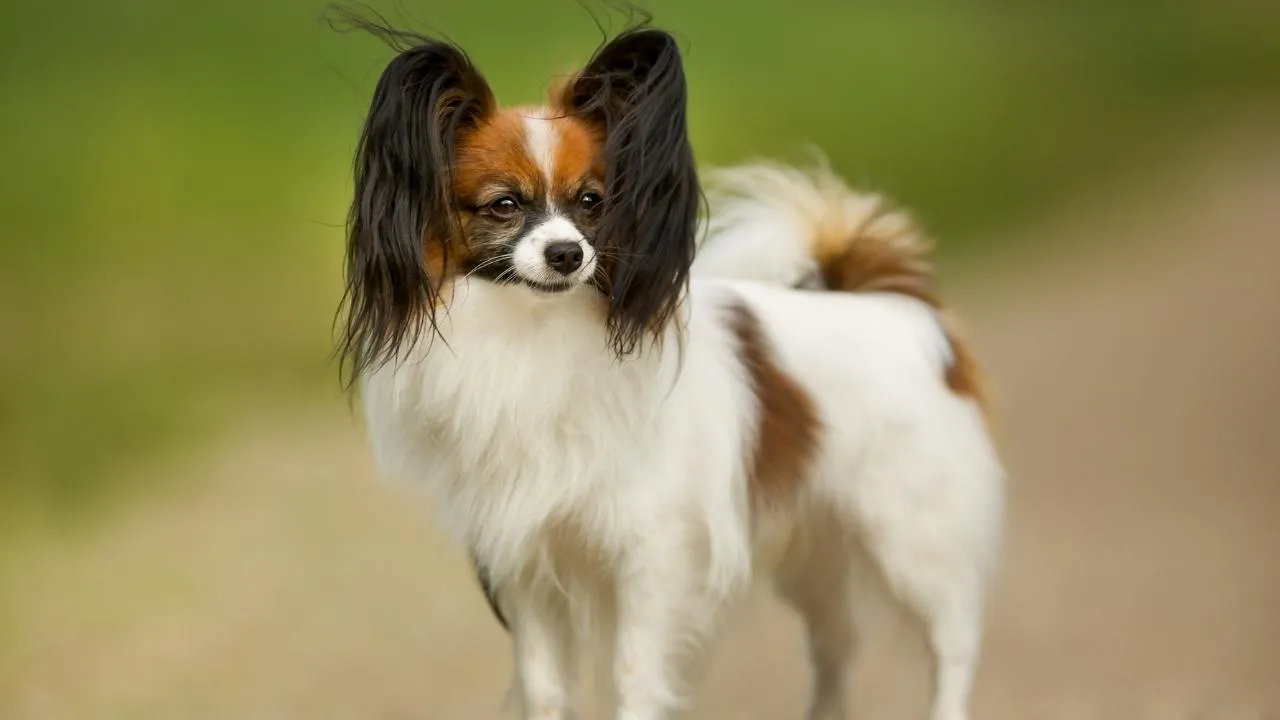
Don’t let the dainty looks and purse-dog size fool you—Papillons are basically tiny geniuses disguised as adorable butterflies. (Seriously, Papillon is French for “butterfly,” named after those big, flared ears.) These dogs might be small enough to fit in your tote bag, but their brains? Olympic-level.
Weighing in at just 5 to 10 pounds, the Papillon is elegant, intelligent, and endlessly curious. Don’t let the dainty looks fool you—this toy breed excels in agility and obedience sports and is always up for an adventure.
Papillons are alert, friendly, and love being the center of attention, making them great companions for families and seniors alike.
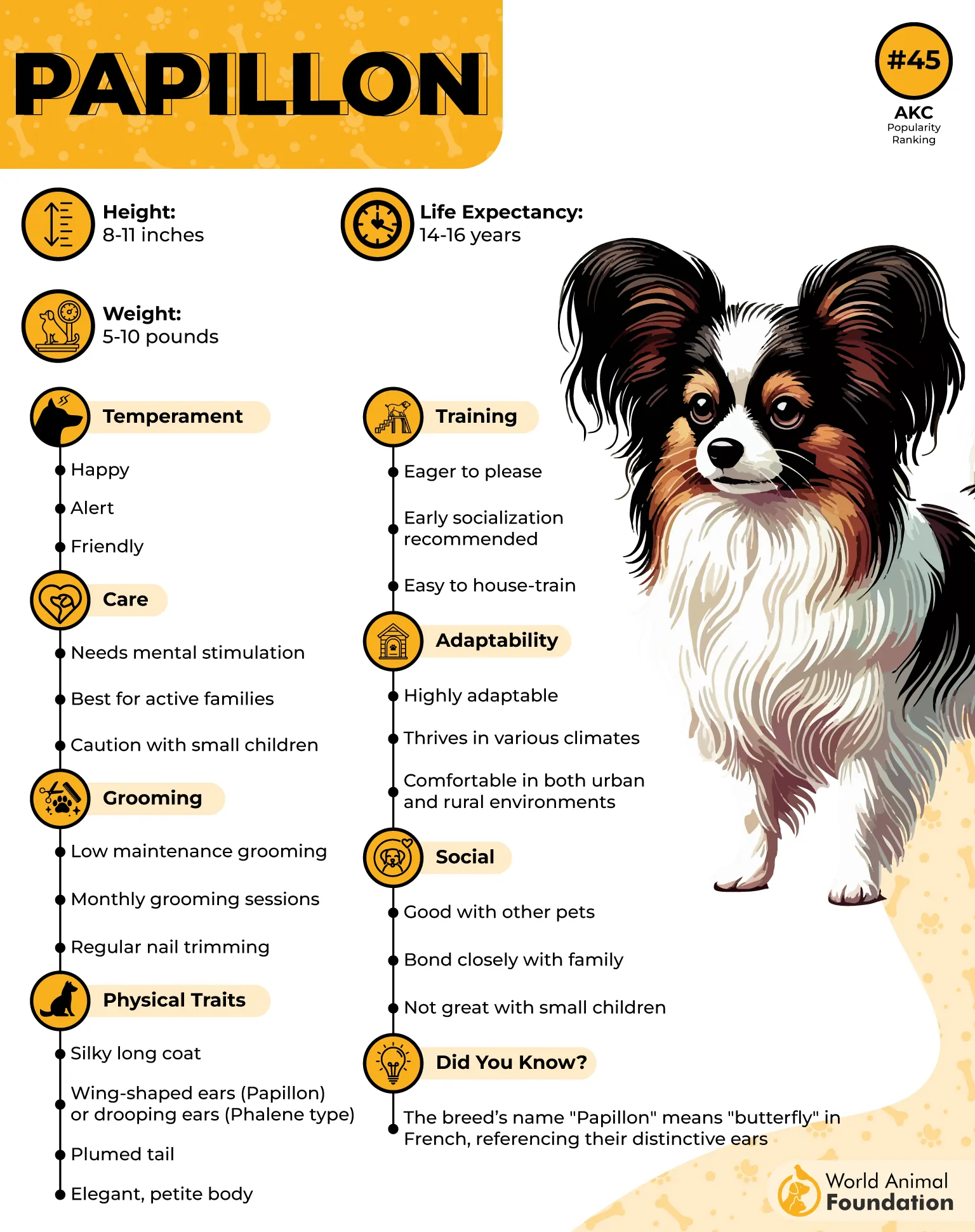
Papillons are shockingly quick learners, especially with hand signals. They don’t just respond—they study you. One flick of the wrist and this little dynamo is striking a pose like it’s an obedience competition and they’re going for gold (spoiler: they usually win).
Training Tip:
Papillons thrive on positive reinforcement and a sense of accomplishment. Use short sessions, high-value treats, and over-the-top praise (they love an audience). Teach tricks, combine signals into routines, or even start agility—your Papillon will be in heaven, and your friends will be wondering how you trained a Disney sidekick.
9. Rottweiler
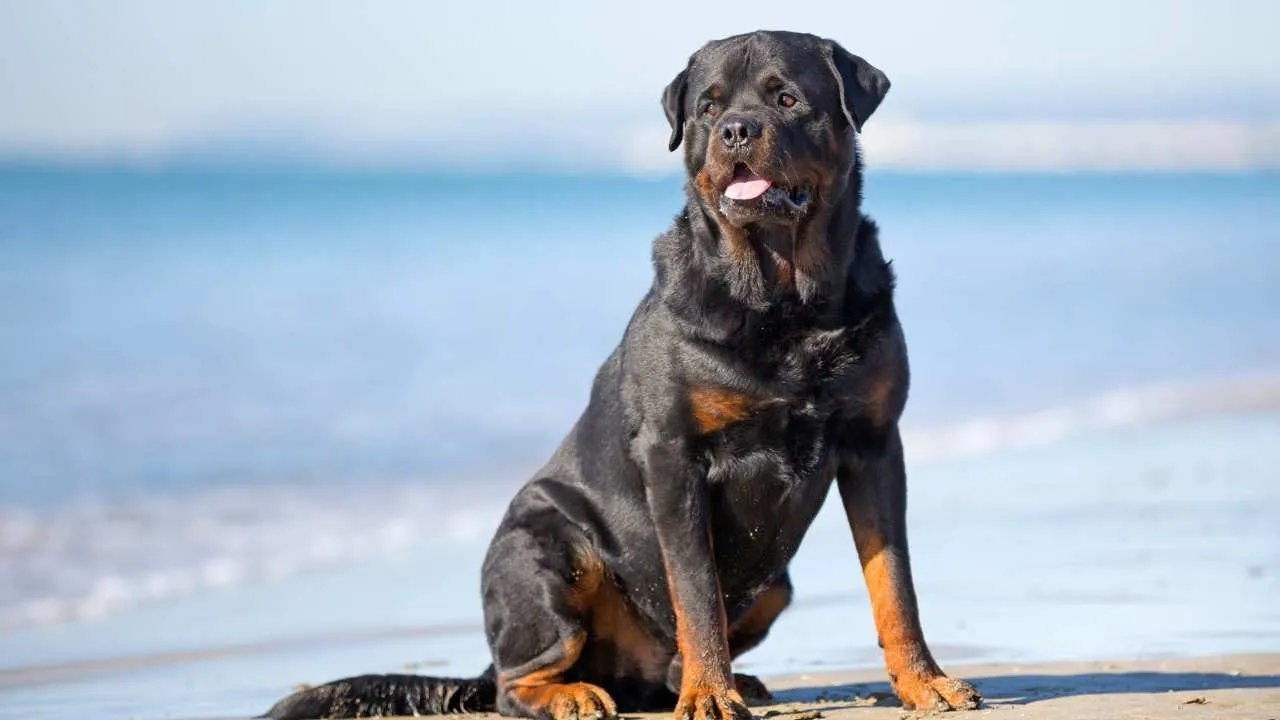
Rottweilers have presence. You don’t even have to say a word—people notice when a Rottie walks into the room. But despite their reputation as big, tough protectors, these dogs are total softies with their family, and absolute stars when it comes to hand-signal training.
Rotties were born to work. Originally used to herd cattle and pull carts, they’re sturdy, steady, and very attentive.
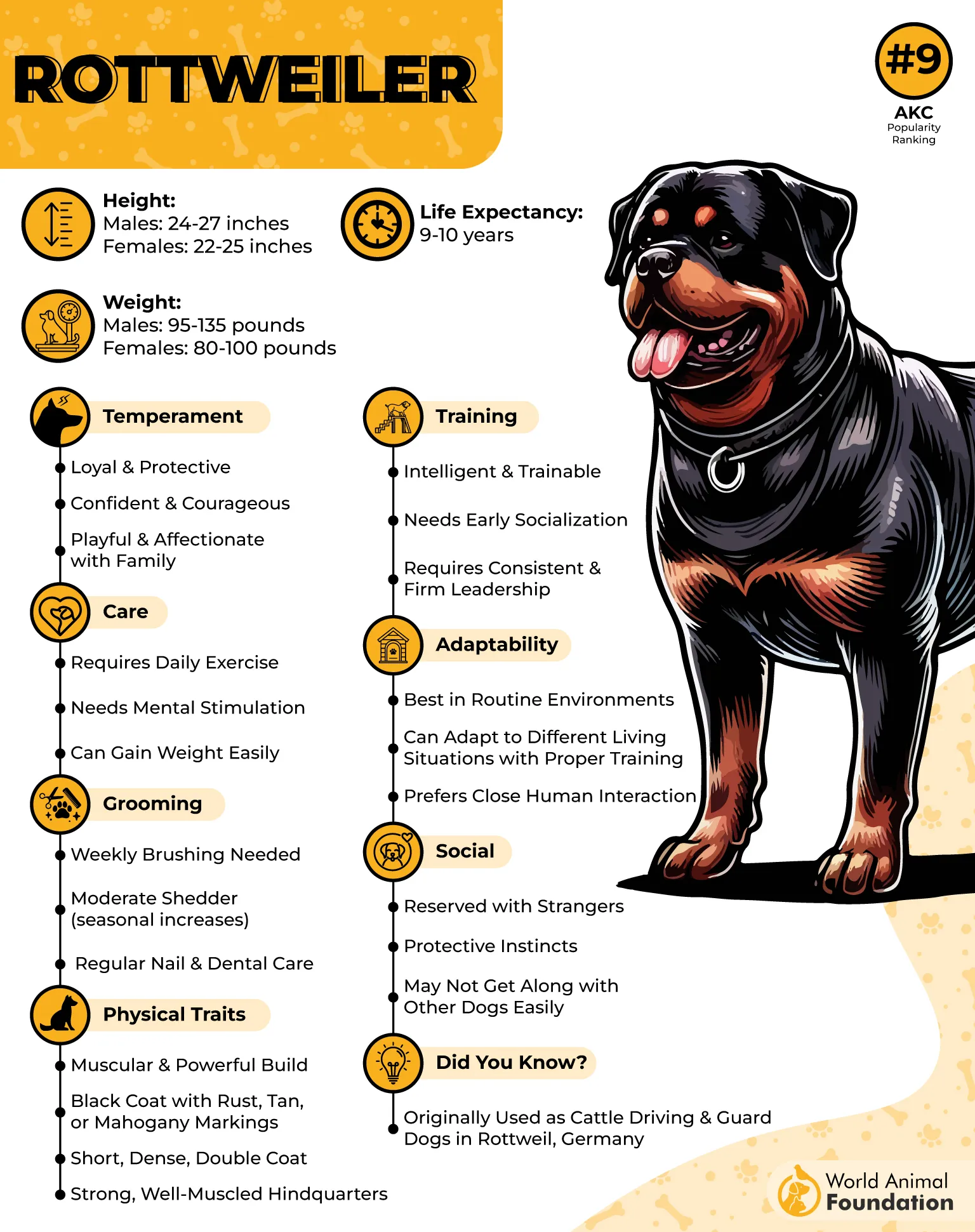
They love structure, they love their people, and when you give them silent cues, they respond with precision. Basically, they’re built for a world where actions speak louder than words, and they listen with their eyes.
Training Tip:
Keep it clear, consistent, and firm—but kind. Rottweilers respect authority, not yelling. They want to work for you, so mix obedience drills with hand signals and make it part of their daily “job.” Give them tasks, use calm energy, and reinforce with praise or treats that match their motivation level (think: not carrots).
Fun Fact: Rottweilers have been used in military and police work, but they also make amazing therapy dogs. That’s range. They’re the Denzel Washington of dogs.
Conclusion
Other dog breeds that respond well to hand signals and voice commands, like Border Collies and Australian Shepherds, are often working and herding breeds known for their strong ability to learn and pay attention from a young age. These dogs communicate not just through verbal commands or voice, but also through body language and human gestures, making hand signals a powerful tool.
Whether it’s basic commands or more specific signs, these breeds understand the desired behavior quickly, often better than other breeds. For owners using a leash or training for hunting or herding, combining verbal and hand signals makes sense to help the dog stop or stand on command. Ultimately, it’s the dog’s ability to interpret both voice and sign that strengthens the bond between us humans and our four-legged animals.


